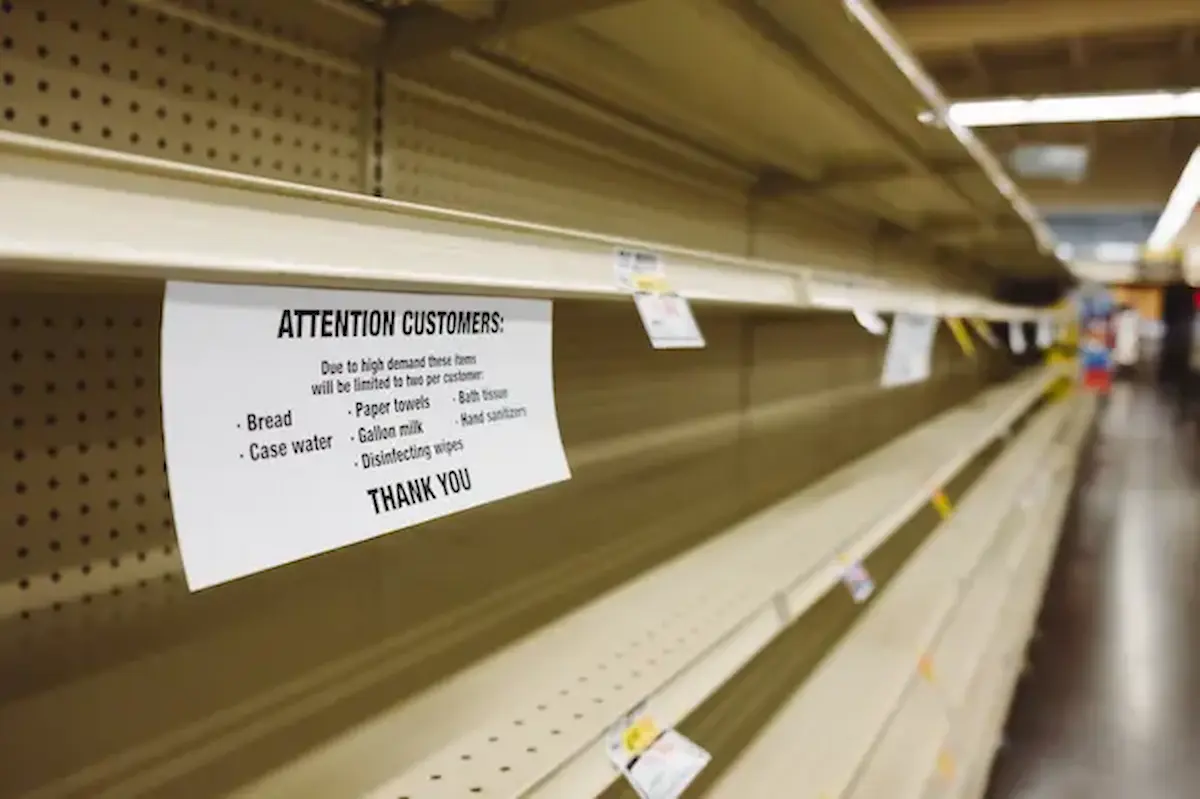
With the 2021 Holiday Season already picking up, retailers are still facing significant challenges when it comes to capitalising on pent-up post-pandemic demand. It’s not just headline-worthy labor shortages in virtually every sector and other lingering effects of COVID. Supply chains that were stretched thin before have snapped, and not just the silicon chips used in higher ticketed products like gaming computers, smart appliances, and modern cars. Breakdowns in shipping and transportation mean retailers of all stripes are facing down empty shelves and out-of-stocks.
That doesn’t mean inventory managers and purchasing executives are powerless though. Target, Home Depot, and Walmart all now lease out shipping vessels for more direct control over their logistics. Of course, not every retailer has access to the same resources. Fortunately, there are still some things that retailers large and small can do to help relieve supply chain woes.
Strategise
“Make a plan and execute it” is a common business refrain because it’s true. No one could have seen the pandemic coming so it remains as important as ever for companies to be able to adapt quickly to the evolving retail space. That doesn’t make having a proper, informed strategy for addressing challenges any less valuable though, and you can create your strategy in different ways.
For example, the Interactive Advertising Bureau (IAB) offers different strategies for handling supply chain problems. One centers around how you purchase your inventory. An appropriate buy strategy includes focusing on stock that is available from reliable domestic suppliers. Attempting to bring in new products or products from suppliers overseas will likely result in delays, empty shelves, and damaged customer relations. Instead, focusing on gift cards could be a way to reduce strain on your inventory and capture holiday demand while offloading the need for fulfilment until the supply chain has stabilised.
Restock with Returns
Returns are one of those great untapped resources that retailers can use to help battle the supply crunch, and it’s a strategy that can be implemented reasonably easily. Researchers estimate up to 10% of brick-and-mortar sales and up to 30% of ecommerce gets returned, resulting in $428 billion USD worth of inventory tied up in backrooms and warehouses. Moreover, the vast majority of these are processed manually, sometimes taking months to complete. The result is usually a long wait for the customer to get their money back and an even longer time until the product can get to a new customer.
Instead, invest in streamlining your returns logistics to get product out of the cycle and back on the shelves or out to other customers quickly. Not only can doing so help with supply problems, but it can also improve customer experiences and loyalty. When over 50% of customers admit they’ve been deterred from making future purchases at a store with a strict or inconvenient returns policy, it becomes imperative for retailers to meet evolving customer expectations about returns, exchanges, and repurchases.
Be Creative But Precise
You’ve got to have eye-catching and memorable marketing or you’re going to get drowned out, especially over the next few weeks. Nevertheless, there’s very little consumers dislike more than getting jazzed for having found an ad for the perfect present only to find out the product isn’t actually available. In fact, 65% of consumers are willing go elsewhere if they can’t find what they’re looking for even at their favorite store.
That’s why it’s important to make sure both your advertising displays and inventory counts are accurate. This is especially true for chain retailers who provide inventory information on their websites. Yes, your holiday ads need to be creative and compelling, but they can potentially do more harm than good when a customer rushes to your store for those last perfect gifts only to discover they’re already sold. Integrating an online customer service app like Salesfloor can help by giving interested customers a direct line to store personnel that can locate or guarantee an item’s availability. In the end though, as harsh as it sounds, it’s usually better to not sell something than to give a customer the impression your business doesn’t know how to count.
Fortune Favors the Bold
Getting creative with your purchasing and restocking strategies will help in the short term, but now is also the time to get creative with your supply chain itself and position it for long term success. McKinsey retail supply expert John Barbee suggests the current crisis is when retailers should be experimenting and recalibrate supply chains. For him, now is the opportune time “…for chief supply-chain officers to take risks and use this as a moment to develop new sources of competitive advantage as they think about the future of retail.”
His colleague Sarah Touse adds that “…you’ve never had a better audience than you have now to really think through what you need for your supply chain to be successful, given all the disruption we’ve seen. Your CEO, your CFO, your board—they’re all thinking about this.”
It’s long been recognized that disasters often also present potential. Even the famed physicist Albert Einstein once famously remarked that “In the midst of every great crisis lies great opportunity,” and the observation is as true as ever. Although the current supply chain problems represent significant challenges, they’re also an opportunity to examine and challenge conventional thinking. Retailers can use these strategies to help keep stores stocked and product moving in the short term. However, those looking to position themselves for future success would be wise to reframe the current crisis as an opportunity for streamlining logistics, developing competitive advantages, and improving the customer experience.
Want More?
Subscribe to the Salesfloor newsletter and have insights and thought provoking articles on topics important to retailers delivered right to your inbox.



